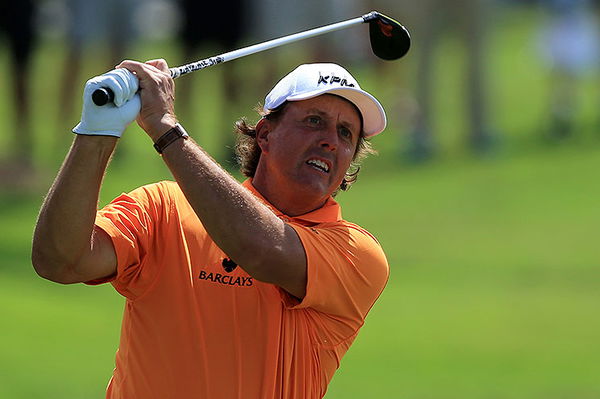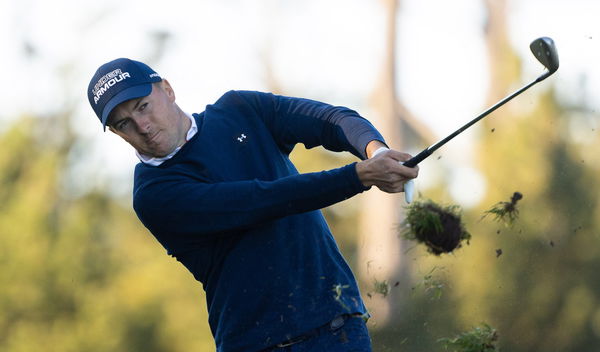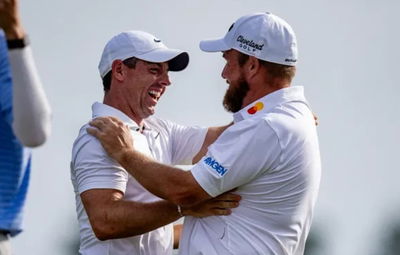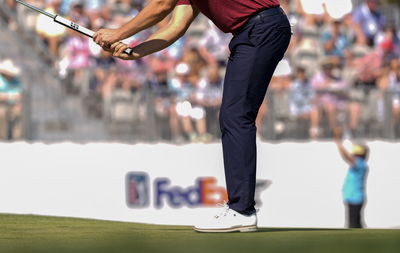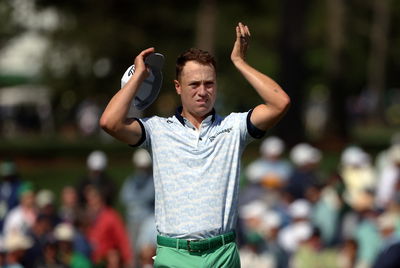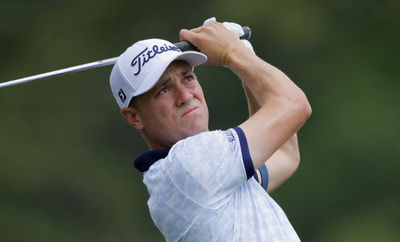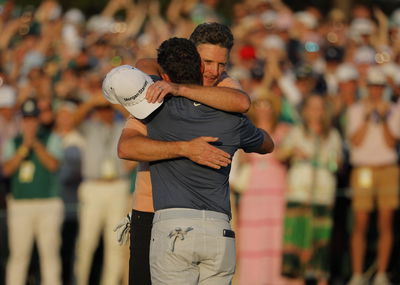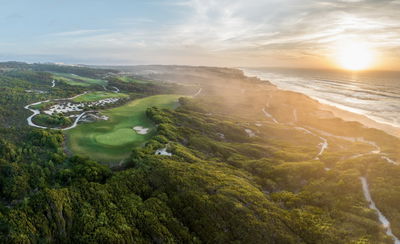Graeme McDowell: swing sequence
What you can learn from the unorthodox swing of G-Mac, via former European Tour pro Carl Watts
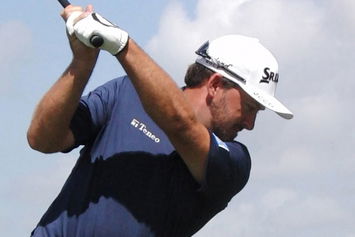
Graeme McDowell has a slightly unorthodox swing that relies more on feelings, timing and a great temperament, says former European Tour pro Carl Watts of Mannings Heath Golf Club.
Given McDowell's swing sees him close the club face on the way back, he is very much reliant on good feel and timing.
I truly believe, however, there is a direct link between the mindset and unorthodox swingers of the ball - something many of us can learn from.
McDowell is the complete package. He has a great personality, a great mentality and he rarely gets annoyed. These things are all part of his success - just as they are for someone like Dustin Johnson, who has a similar laidback attitude and swing with the "bowing" of the wrists at the top.
While it helps being a good putter like he is, McDowell understands his weaknesses and knows his technique. He knows that with a shut club face at the top, his bad shots will likely be blocks and hooks, especially if he gets uptight. By staying relaxed, he is able to play his best golf.
In the first image above, McDowell sets up to the ball in a neutral address position. He appears nicely relaxed over the ball and his hip and shoulders are in a great position.
As he takes the club back, you will notice the club is slightly above the shaft line from where it was at address.
Graeme likes to keep the clubhead outside his hands as he makes his first move – that's one of his key thoughts and one that prevents the swing getting too far inside.
As the swing progresses, you will notice his takeaway is very one-piece as there is little movement of the forearms and hands. A huge percentage of amateurs would have rotated the hands and got the club on the inside, even at this very early stage of the swing.
Now we start to see G-Mac being G-Mac.
His swing started orthodox, but now it's unorthodox as the club face is now slightly shut halfway back. Most professionals at this stage would be toe up.
I think McDowell's philosophy as a kid, brought up to play links golf in Northern Ireland, was to keep the face shut in order to keep the ball low. He has no doubt had to adapt this approach to generate more height to his ball flight, particularly now he plays the majority of his golf on the PGA Tour.
The club face is now shut and he takes the club back on a steep angle. If you look at the bottom of the shaft, it's pointing just in front of his toe line.
It's the move from here to the top, however, that is the most interesting.
Now we can start to the see the "bowing" of his left wrist.
The club face is very shut and points straight up, just as we see with Dustin Johnson.
A lot of people pass comment on McDowell's "bowed" left wrist at the top, but this is a constant in his swing and one that works well for him. Since he was a kid, he has built his body action around this particular characteristic.
Into the downswing and the shaft becomes "laid off" (i.e. the angle of the shaft is pointing above the ball so he is now in a flat position).
It is at this stage of the swing where he can sometimes come unstuck. If the club gets stuck way behind him then he can either block it straight right or time the release to perfection and hit it straight.
The way he deals with this move is what I like to call the "coping strategy".
As part of this "coping stategy", McDowell opens up his body tremendously. He opens up his hips and chest as hard as he possibly can.
This is a great move for him because the more he does this, the less the club will be stuck behind him.
Having opened up the body, the shaft of the club is now parallel to his target line. This is a great position.
At impact, McDowell shifts into the downswing with a very powerful "squat" motion and then displays fantastic stretch rotation of the torso as he unwinds through the ball.
The hands are quite high compared to most professionals, but he swings nicely down the line as he extends the right arm to control the club face as much as he can.
Through the ball and it's quite a high exit point compared to most professionals, but you can almost feel the force of the leverage as he rotates a firm left side and applies the pressure on the ball with the right side of his body.
It is the quality of this body rotation that stabilises impact for consistency.
McDowell sometimes looks a little held off through the swing, with the "bowing" of the wrist and the club face shut, but he opens up well, extends the arms down the line and holds the face open as he free-wheels to a finish that is on plane.
Photos: Mark Newcombe/Visions in Golf
Words: Carl Watts
Former European Tour pro (1994 to 2001) and "High Performance Speaker"
Website: www.carlwattsgolf.co.uk and www.performanceboost.co.uk
